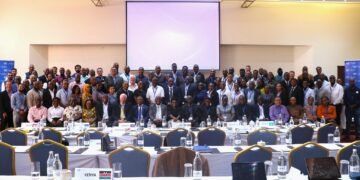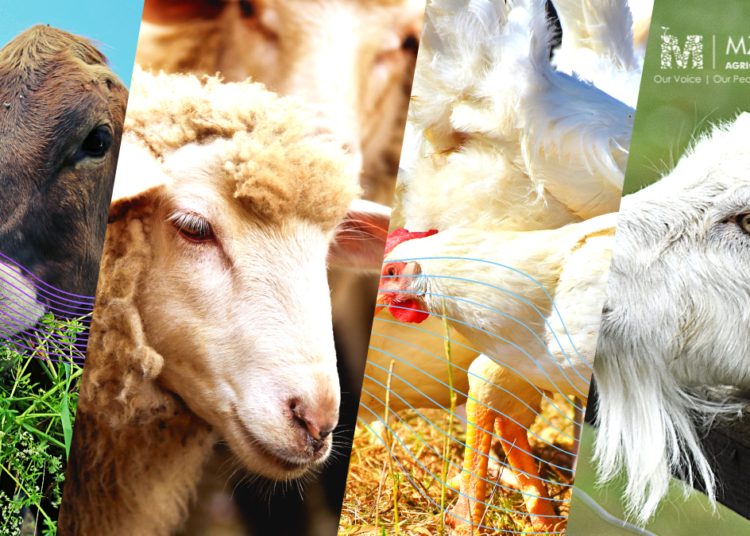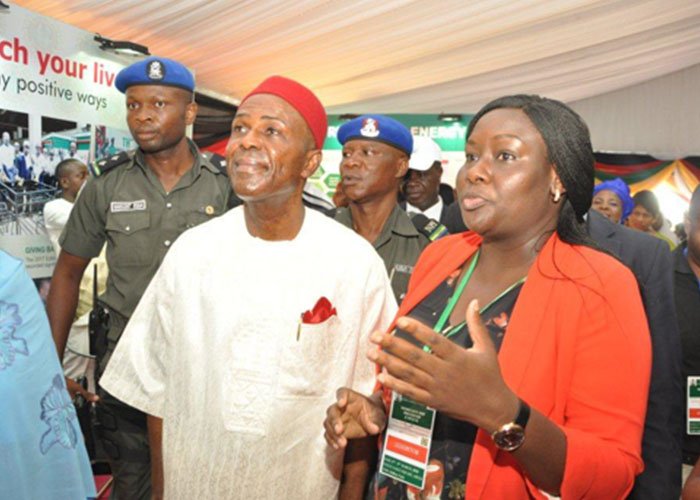South Africa’s Ministry of Agriculture, in a move to quench the thirst of livestock and alleviate farmers’ concerns, has embarked on a project to drill and equip boreholes along the Molopo River, providing a sustainable solution to water woes and bolstering disease control measures.
The ministry has begun drilling and equipping boreholes in villages, following the installation of a disease control fence to prevent the spread of Foot and Mouth District.
The Coordinator of Foot and Mouth Disease in the Southern District, Dr. Jaone Sebina, said ‘’the boreholes will provide a sustainable source of water for livestock, addressing concerns from farmers who relied on the river for watering their animals’’.
The construction of the cordon fence, aimed at controlling livestock movement, had raised concerns among farmers who feared it would limit their access to water. In response, the government decided to drill boreholes in affected villages, ensuring farmers had a reliable source of water for their livestock.
He also mentioned that nine boreholes have been drilled and three others rehabilitated, all equipped with solar panels and reservoirs, at a cost of around P9 million. Additionally, two villages, Tlhareselelle and Rakhuna, which were not affected by the cordon fence, will each receive a borehole as a gesture of appreciation for their cooperation.
The farmers’ committee chairperson Mr Jackson Sechele has expressed their appreciation towards the developments of the cordon fence because it would help stop livestock movement to South Africa.
Loporung community borehole chairperson, Mr. Edison Sesike, expressed gratitude for the borehole, which will enable farmers to control their livestock’s movement while accessing affordable water.
The ministry plans to hand over the boreholes to the concerned communities before the end of September. Dr. Sebina emphasized the importance of community involvement in maintaining the boreholes, suggesting the hiring of guards to protect the solar panels and ensure the longevity of the water source.






























































